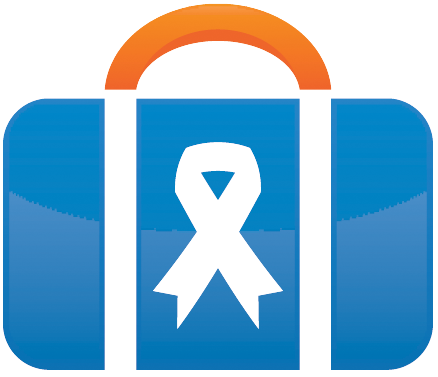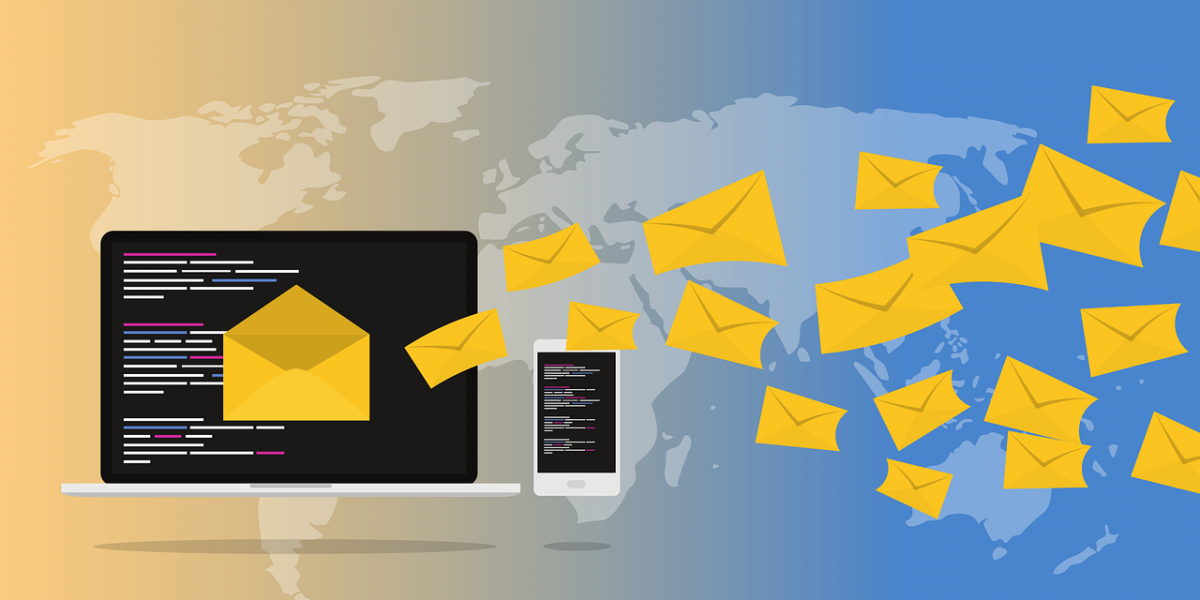While themed galas are a tried and tested way for nonprofits like yours to raise money, getting supporters to attend can be challenging. After all, a ticket to your gala likely has a significant price tag, so you need to wow your potential attendees immediately to secure their RSVPs.
By prioritizing event planning, marketing, and branding, you can make your gala the talk of the town and hit your fundraising goals with ease. To get started, ensure you:
- Define Your Target Audience
- Plan Your Conversion Funnel
- Set a Budget
- Build Your Creative Assets
As we explore these tips, evaluate your current approach to gala planning and consider how you can better implement these activities into your workflow. Let’s dive in!
- Define Your Target Audience
To secure more RSVPs, it’s crucial to focus your gala marketing efforts on your target audience. You can determine your target audience based on factors like:
- Income. The cost of attending your gala naturally narrows down your potential attendees. Conduct wealth screening to identify wealthier donors to include in your contact list.
- Previous relationship with your nonprofit. If you’ve hosted a gala in the past, identify supporters who attended that you think would renew their support. Don’t forget to include any new donors who fall within your wealth benchmarks.
- Demographic characteristics. From easily accessed information such as age and location to in-depth insights like interests, values, and pain points, there’s plenty of information that can help you determine who’s a good fit for your marketing campaign.
As you create your target audience personas, remember that you can have multiple target segments. For instance, you might create different messages for returning gala attendees than you would for new supporters. That said, keeping a few highly relevant audiences in mind helps you focus your efforts on those who could potentially convert rather than spreading yourself too thin.
2. Plan Your Conversion Funnel
Every supporter who signs up to attend your gala goes through a journey to reach that decision. Crafting marketing collateral that aligns with your target audience’s funnel position is more likely to yield conversions.
Each marketing campaign has unique funnel positions based on its goals, but, according to Fifty & Fifty’s guide to digital marketing, most models boil down to a three-stage process:
- Make people aware of your event.
- Persuade people that your event is worth attending.
- Convert them into a sale.
Our example funnel visually represents how your attendees will progress along the path to RSVPing to your gala:

To customize your conversion funnel for each of your target segments, you might, for instance, encourage signups among lifelong supporters with a mission-focused message, while delivering a transactional message touting the food, entertainment, and auction items to potential newcomers. We’ve come up with some example funnel-based messages that you can tweak to fit your situation:
| Awareness | Persuasion | Conversion | |
|---|---|---|---|
| Heavy Hitters | -Feature event on newsletter -Postcards -Emails -Phone calls -Social media posts | -Short video about the good work your organization is doing and the impact from their previous generosity -Other emotional appeals about your cause | -Include SASE in mailer -Sell tickets at other meetings for your organization -VIP ticket offering -Sponsorships -Links to event landing page |
| One-Time Supporters | -Postcards -Emails -Social media posts | -Short video about the good work your organization is doing and the impact from their previous generosity -Tease exciting auction items, live band, etc. | -Early-bird discounts & promo codes -Emphasize limited tickets left available -Onsite ticket booth (great for converting museum visitors) -Links to event landing page |
| Not-Yet Supporters | -Word-of-mouth campaigns -Social media and paid search ads (use Facebook lookalike audiences) -Local newspaper/radio (try to get a feature about your cause!) -Flyers at local businesses -Community calendars | -Highlight pictures/video from last year -Tease exciting auction items, live band, etc. | -Volunteer selling -Early-bird discounts & promo codes -Pre-event raffle ticket sales (winner announced at event) -Onsite ticket booth -Links to event landing page |
3. Set a Budget
Your team has limited time and resources to execute each line item in your conversion funnel, so you need to make your funds count. Budgeting helps boost ticket sales by highlighting which activities to prioritize to convert more potential attendees. For instance, you might find that your email marketing campaign from your last gala was the most successful, so you know to allocate more funds to that initiative for this campaign.
Here’s where it’s time to sharpen your pencil, build your budget, and make choices that increase your fundraising efficiency and effectiveness. Here are some types of budgets that you can use:
- The “bottom-up” budget. When building a bottom-up budget, outline what you need to do to meet your objectives before identifying the costs to execute each of those actions, allowing you to justify each expenditure upfront. If the costs are prohibitively high, iterate on your planned activities until you have the mix you think will maximize your net return.
- The “top-down” budget. This type of budgeting involves allocating a certain amount of money to each activity until all of your budgeted money is apportioned.
Bottom-up budgeting allows you to proactively account for costs based on each activity’s priority, while top-down budgeting often results in over or underspending. Pck the budgeting strategy that your team is most comfortable with based on your needs and experience level.
Once you’ve decided on your budgeting strategy, factor in costs such as:
- Design services and video production
- Event website building
- Digital marketing
- Ticket discounts
- Overhead for employees working the event
- Variable event-specific costs, such as catering and entertainment
Work with your team to generate the most accurate prediction of your costs so that you can maximize the revenue that you take home for your mission. If you’ve never hosted a gala before, consider asking your colleagues in the sector for advice on how to structure a realistic budget.
4. Build Your Creative Assets
Branding your gala’s creative assets to your nonprofit helps fortify your brand identity for new supporters and strengthen your connection with your existing community. Here are some tips for making unique, visually appealing, and effective creative assets to support your gala:
- Leverage a brand guide. A brand guide provides a definitive source of truth so your team never strays from your brand elements. According to NXUnite’s guide to nonprofit branding, you should include elements such as your logo, color scheme, typography, and messaging in your brand guide.
- Use accessible tools. You don’t have to be a graphic designer to create stunning visuals for your gala. Tools like Canva empower you to make colorful and unique branded elements on your smartphone or tablet without breaking the bank.
- Work with a nonprofit marketing agency. If you want professional assistance, work with an expert marketing and branding team that understands nonprofits’ unique needs.
Developing your creative strategy and brand elements at the beginning of the planning process will help your end products have a more consistent look and feel, which communicates to supporters that your gala is run by experienced professionals.
Next Steps: Measuring Success
Now that you’re ready to launch your gala marketing strategy, devise ways to measure the efficacy of each marketing tactic you employ once the campaign wraps up. Consider tracking metrics such as open rate and click-through rate to gauge how enticing your strategies were to different audiences and platforms. You may find, for example, that using a still photo performs better on social media than a video.
Once you have these insights, use them to make adjustments to future tactics. After all, with some iteration and proven tactics, you can leverage marketing to make a difference in your gala’s success and your beneficiaries’ lives.




